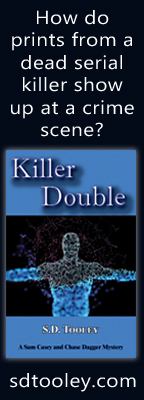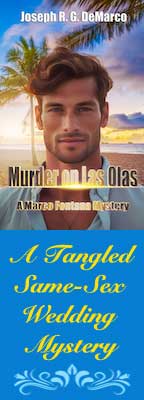by Mary Anna Evans
Like most novelists, I can’t really tell you where my ideas come from. It feels like I’ve spent my life putting experiences and knowledge and cool nuggets of information in a magic bag that lives in my brain somewhere. When I need a story idea, I reach in the bag and a story comes out. Or, probably more accurately, the germ of a story comes out. After a lot of writing and thinking and editing, the germ becomes the story, and it’s a story that only I could write.
This is a roundabout way of coming to my point, which is this: Why the heck am I writing stories about World War II? That war happened before I was born, so it’s not a watershed time of my life. My parents didn’t really remember it, so I didn’t grow up hearing stories about wartime life. The 1940s are receding into the past so rapidly that this has to be true of most readers these days, so why are novels set in that period so enduringly popular? I think it has to do with the stark reality of the stakes of that war. It is not hard to imagine the horrors that would have played out in a world where Hitler was in charge. I think this is why readers gravitate toward reading World War II stories, and I think it’s why writers gravitate toward writing them.
When I reach into the magic bag in my brain, the stories from that era that come out are not soldiers’ battlefield stories. They are stories of the people left behind. And, mostly, those are women’s stories. Women were faced with dramatically ramped-up versions of traditionally feminine problems like “Most of the things I’ve always cooked are now rationed, so I’ve got to figure out how to feed my family,” but they were also faced with traditionally male problems like “I’ve got to find a job that I’m qualified to do because I’ve got to figure out how to feed my family.” When you think about it, it’s fascinating how quickly women adapted to being told, “I know we’ve always said you’re not capable of things like factory work, but we need you to build war machines, so we were apparently wrong. You’re qualified!” There’s a reason that Rosie the Riveter has been a compelling character for eighty years. Rosie was the inspiration for the protagonist of my 2022 novel The Physicists’ Daughter, Justine Byrne, and I loved doing the historical research into the lives of female factory workers in the 1940s that it required.
Women had also been told that they weren’t good at math or, more generally, they weren’t very logical. Then, when they were needed to operate the earliest computers or to do war-winning code breaking work, they learned that this had never been true. They were absolutely capable of close, painstaking, rational logic, and it was a good thing because their skills were needed. In The Traitor Beside Her (June 6, 2023), the upcoming sequel to The Physicists’ Daughter, Justine finds herself working among code breakers, many of them women, who are doing such critical work that the enemy has embedded a spy among them. It’s her job to figure out which of her colleagues is committing espionage.
Writing The Traitor Beside Her made me think hard about codes, which seem so mystifying to most of us, but are they? Written language is a kind of code, so you are deciphering coded information while you read this essay. Written music is a completely different code that’s so widely understood that, even if you don’t read music, you probably know somebody who does. A raised eyebrow, when aimed at someone who knows you well, is its own kind of code. A pattern for a knitted sock is coded information, and a recipe, when it uses text like “1/4 lb flr” or “2 tsp oil,” is written in code, and cooking and knitting were things that the same women who were told they couldn’t possibly work with codes were actually very good at doing. Writing about those few years in the 1940s when women who had never had any authority were put in charge of big chunks of their society is quite simply fascinating.
More to the point of this essay, I think stories about the World War II home front are popular precisely because of this table-turning aspect. We are fascinated by the idea of our grandmothers (or great-great-grandmothers, these days) rising to a challenge that seemed impossible. We wonder if we could do the same.
I suspect we could, but it’s far more fun to experience the drama of that time period in a book.
Check out other mystery articles, reviews, book giveaways & mystery short stories in our mystery section. And join our mystery Facebook group to keep up with everything mystery we post, and have a chance at some extra giveaways. Also listen to our new mystery podcast where mystery short stories and first chapters are read by actors! They are also available on Apple Podcasts, Google Play, and Spotify. A new episode goes up next week.
You can use this link to purchase the book. If you have ad blocker on you may not see the Amazon link. You can also click here to purchase the book.
Disclosure: This post contains links to an affiliate program, for which we receive a few cents if you make purchases. KRL also receives free copies of most of the books that it reviews, that are provided in exchange for an honest review of the book.

















0 Comments